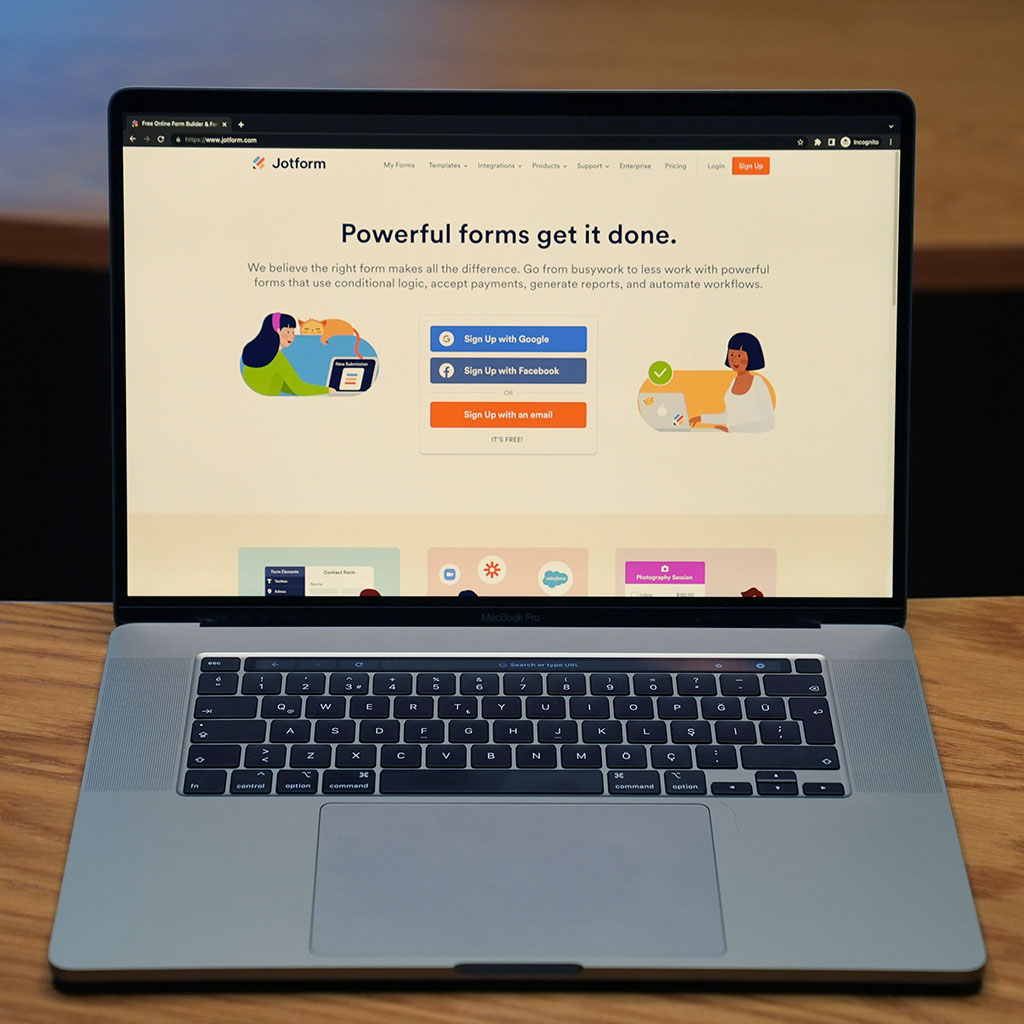Does MacBook support LDAC?
Does MacBook support LDAC?
MacBooks do not natively support LDAC, a high-quality audio codec developed by Sony. However, this article explores workarounds and alternative solutions for users seeking to enjoy LDAC audio on their MacBooks, including the use of external Bluetooth transmitters and specialized software.
Discover the ultimate sound experience: Does the MacBook support LDAC?
MacBooks do not have native support for the LDAC (Low-Complexity Subband Codec) audio codec, which was developed by Sony for high-quality wireless audio streaming over Bluetooth connections. Apple’s macOS primarily relies on its proprietary AAC (Advanced Audio Coding) codec for Bluetooth audio transmission.
However, users who wish to utilize LDAC with their MacBooks have a few potential workarounds:
- External Bluetooth Transmitters: Some third-party Bluetooth transmitters support LDAC and can be connected to the MacBook via USB or the headphone jack. These transmitters can then transmit LDAC audio to compatible headphones or speakers.
- Third-Party Software: There are third-party software solutions available that can potentially enable LDAC support on a Mac. These software applications work by intercepting the audio signal and converting it to the desired codec before sending it to the Bluetooth device. Keep in mind that the effectiveness of such software may vary, and it’s essential to ensure compatibility with your specific MacBook model and LDAC-capable device.
It’s worth noting that while these workarounds may provide a means to use LDAC on a MacBook, they may not offer the same level of seamless integration and performance as devices that have native LDAC support.
What is LDAC and how does it differ from other Bluetooth audio codecs?
LDAC is a high-quality audio codec developed by Sony. It stands out from other Bluetooth audio codecs due to its ability to transmit audio at significantly higher bitrates compared to standard Bluetooth codecs. This means LDAC can deliver superior sound quality, making it particularly appealing for those who prioritize a premium audio experience. While standard Bluetooth codecs like SBC (Subband Coding) and AAC (Advanced Audio Coding) provide good audio quality, LDAC takes it a step further by allowing for higher data transmission rates. This is especially beneficial for enthusiasts of high-resolution audio who seek an audio experience that rivals that of a wired connection. LDAC is compatible with a wide range of wireless headphones and speakers that support this codec, enhancing the audio quality of your wireless setup.
In comparison to other popular Bluetooth codecs like aptX and AAC, LDAC stands out for its ability to handle higher bitrate audio streams. While aptX and AAC codecs offer impressive sound quality, LDAC’s higher data transfer rates allow for even more detailed and nuanced audio reproduction. This means that LDAC is particularly well-suited for enthusiasts who prefer lossless or high-resolution audio formats, as it can transmit more audio data over a wireless connection. While LDAC is not supported by default in all devices, those seeking to take advantage of its benefits can often find additional tools or settings in their device’s application folder to enable LDAC support and unlock an enhanced wireless audio experience.
Are there any recommended third-party software solutions for enabling LDAC support on a MacBook?
There are third-party software solutions available that aim to enable LDAC support on a MacBook. These applications work by intercepting the audio signal and converting it to LDAC before transmitting it to a compatible wireless headphone or speaker. By doing so, they seek to elevate the sound quality of the wireless audio experience. This is particularly valuable for enthusiasts of high-resolution audio who seek to maintain a premium audio quality even in a wireless setup. While LDAC is not natively supported by macOS, these third-party tools offer an alternative route for users looking to unlock the potential of this codec.
Users interested in enabling LDAC support on their MacBook can explore additional tools or settings that may be available within their device’s application folder. These tools can facilitate the integration of LDAC, ensuring that it operates smoothly with the macOS environment. It’s important to note that the effectiveness and compatibility of third-party software solutions can vary, so it’s advisable to research and select reputable applications that align with your specific MacBook model and LDAC-capable device.





You must be logged in to post a comment.